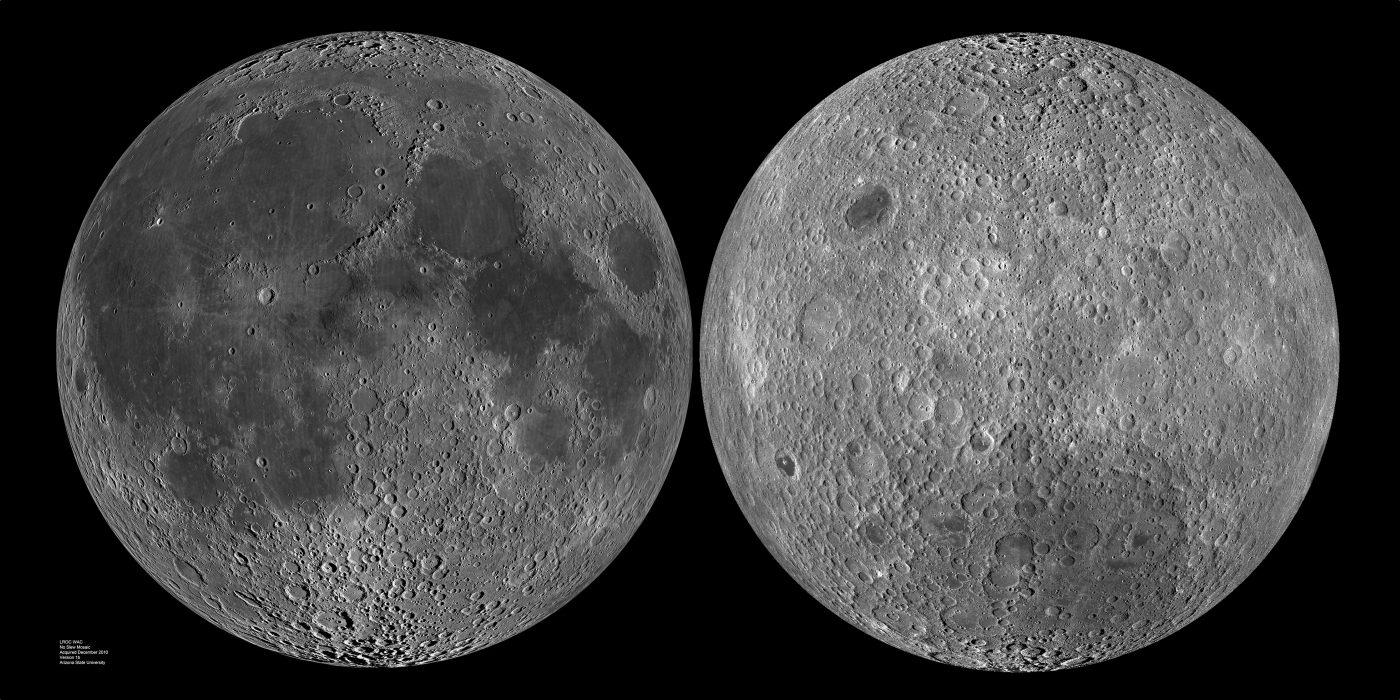A team of Chinese geologists has found evidence in soil samples collected from the far side of the Moon that supports the theory that it was once covered by an ocean of magma. The results of the study were published in the journal Science.

China launched the Chang’e-6 spacecraft in 2024. This mission was the first to collect samples from the far side of the Moon and then return them to Earth.
The team of scientists managed to get 2 grams of lunar soil for their study. They used several methods to determine its composition, and then compared their results with those of soil samples from the visible side of the Moon.
The analysis showed that the basalt in the Chang’e-6 sample was similar to basalt found in samples collected from the visible side of the Moon — the isotope ratios were similar. They also found similarities in age. These findings support the theory that in the early years of the Moon’s existence, it was covered by an ocean of magma.

The magma ocean model suggests that during its infancy, our planet’s moon underwent a massive melting event that produced an ocean of magma. It is believed to have been caused by a collision between the Earth and the protoplanet Theia, which gave birth to the Moon.
During the subsequent crystallization of this ocean, minerals such as olivine and pyroxenes gradually settled to the bottom, forming the lunar mantle. After about 75% of the lunar magma had solidified, anorthites began to crystallize, which, due to their low density, floated in the magma to form a hard crust. Thus, elements that are normally incompatible gradually accumulated in the magma and formed the so-called KREEP-rock layer located between the lunar crust and mantle. It is composed of rare earth elements, phosphorus and radioactive substances and is a unique feature of the Moon.
Since the KREEP rock samples from the visible and far sides have strong similarities, this suggests that an ocean of magma covered the entire Moon. The researchers also noted that there were some differences in isotopes, which, in their opinion, were likely related to differences in evolutionary history after the magma ocean solidified.
According to Phys.org


